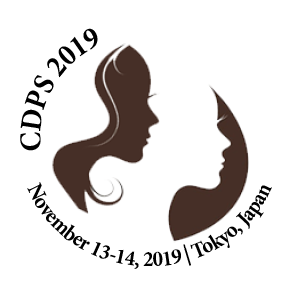RASAQ OLAMILEKAN OGUNSHINA
UNISA/TUT, South Africa
Title: Differentiation of mesenchymal stem cells into Osteoclasts for potential bone regeneration using Vitamin B3
Biography
Biography: RASAQ OLAMILEKAN OGUNSHINA
Abstract
Background and Aim: The bone cells (osteocytes and osteoclasts) do not replicate and thus the maintenance of a healthy bone must rely on an exogenous source of cells. Currently, bone fracture management is effectively done by surgeons and the healing process post-operation relies mostly on self-recovery. In view of the aforementioned inadequacies regarding bone regeneration, we opted to test the efficacy of Vitamin D3 known to induce bone formation post-operation.
Methods: Rat adipose derived mesenchymal stem cells (RADMSCs) were purchased and cultured for 7 and 14 days. The cells were treated with different concentrations of the Vitamin D3 metabolites/compounds in vitro. Markers of osteoblast differentiation were measured using RT-PCR, ELISA, histology and immunohistochemistry.
Results: Treatment of MSCs with Vitamin D3 induced early expression of bone markers mRNA levels in relation to untreated control. A higher induction capacity from the metabolites on bone markers was observed when compared to the positive control BMP-2. Immunostaining and histological assays were in support of the bone markers quantitative assays.
Conclusion: Up to now, evidence in support of the idea of using vitamin D3 and calcium to stimulate differentiation of RADMSCs into bone cells for potential bone healing and accelerate bone quality and quantity is limited. The study findings prove the hypothesis that Vitamin D3 can be used for bone rehabilitation have the capacity to induce osteoblast differentiation from MSCs; and these cells may be used during transplantation in bone defects.

